MULAN (2020)
A young Chinese maiden disguises herself as a male warrior in order to save her father.
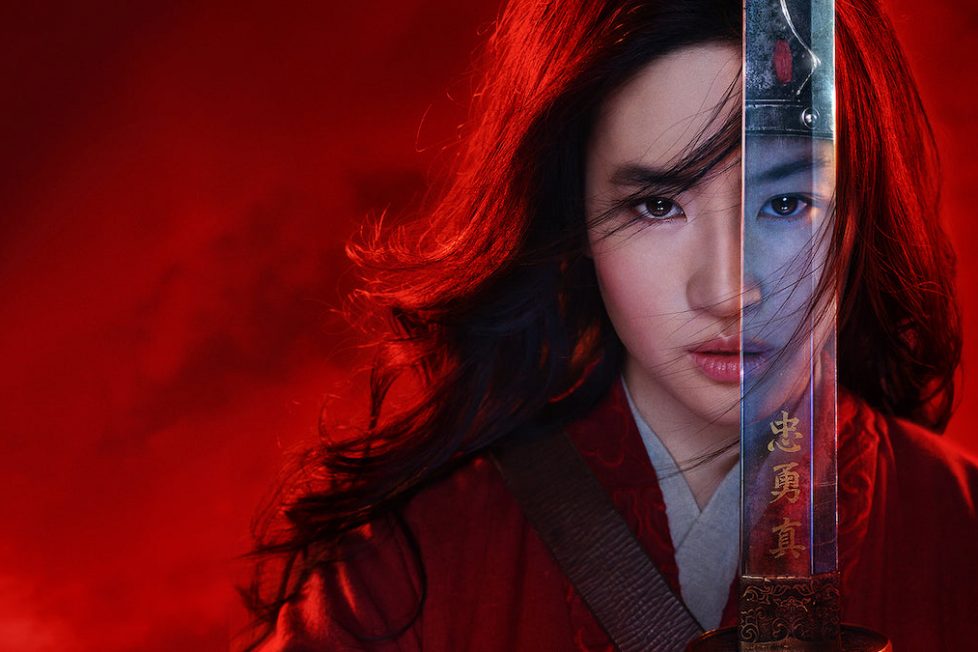
A young Chinese maiden disguises herself as a male warrior in order to save her father.


Who’s the intended audience for Disney’s live-action reboots? Based on previous entries Cinderella (2015), Beauty and the Beast (2017), The Lion King (2019), and Aladdin (2019), the answer seems to be middle-aged parents that want to share beloved classics with their own kids, and the younger generation the story worked for the first time.
In the previous live-action modernisations, this has led to more diverse casting, stellar VFX, and plenty of mixed reviews. It makes sense that Mulan, a story set in China, follows the same trajectory: there are Asian and Asian American actors on camera, and the film includes a beautifully-rendered phoenix in place of Mushu the dragon from the original 1998 animation… but they’ve taken the Cinderella route and reimagined the legend.
All the familiar beats are there, but there are no toe-tapping musical numbers, the aforementioned dragon voiced by Eddie Murphy is gone, and the male protagonist has been split into two separate characters. An additional villain has also been created in the form of a shape-shifting witch called Xian Lang (Gong Li).
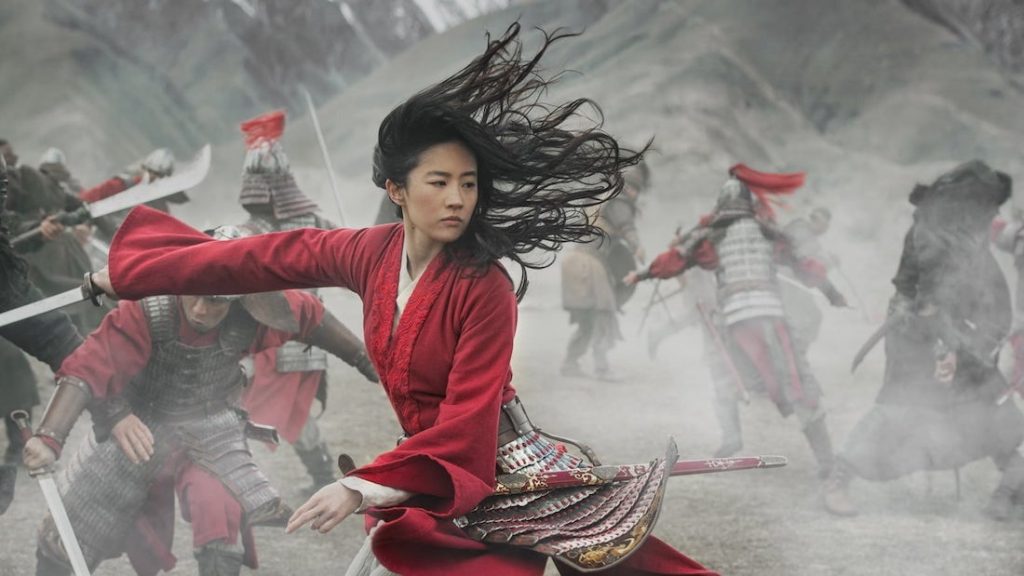
I’m going to be blunt: the resulting film after all these changes isn’t exciting and doesn’t tell a story children will want to watch again and again.
Mulan’s screenplay aims to be a serious war drama, with a touch of comedy and minimal violence… but the cinematography falls short of the sweeping epic scenes needed to truly convey that ambition, making it seem like an odd Chinese B Movie. The editing also makes the narrative feel choppy and uninspired.
2020 Mulan doesn’t want to be a comedy like its cartoon predecessor, as it veers closer to the Chinese action movie Mulan (2009) with its large battle scenes and gloomy tone. However, this version needs to include scenes that at least allude to its animated forebearer, so there are odd comedic moments like Mulan’s (Yifei Liu) visit to a matchmaker. The lack of singing also leads to characters speaking lyrics from the original songs without a hint of irony—which sounds odd, to say the least.
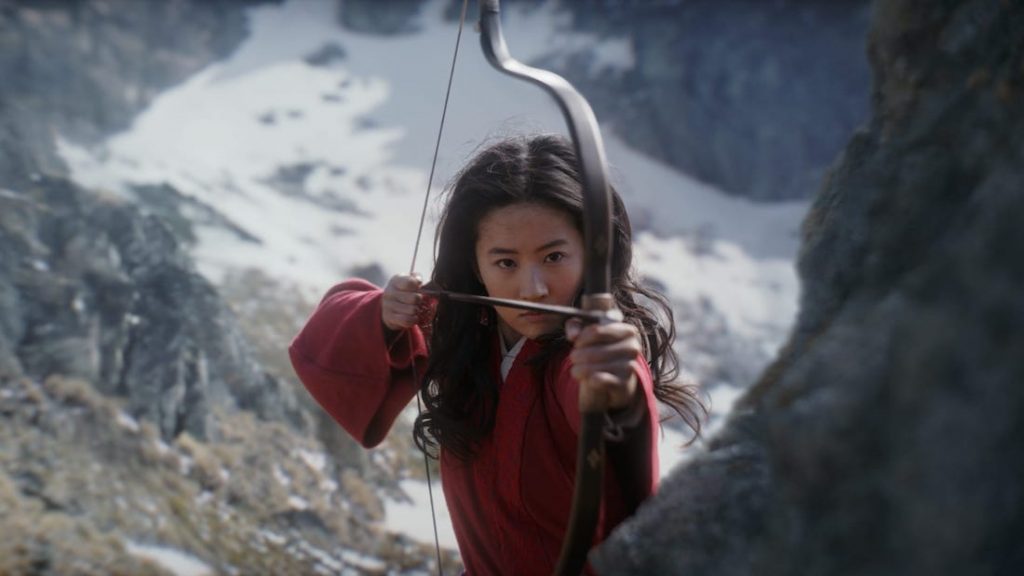
Mulan opens with scenes showcasing our protagonist’s rebellious spirit as a child, but skips past a lot of other world-building elements, like the society she lives in. This is particularly important because the narrator (which is Mulan’s father for some reason) interrupts at random points, but never gives proper advice or information to help audiences understand how Ancient China operated.
Considering source material The Ballad of Mulan is a famous Chinese legend, Disney did have the creative freedom to explore and choose what to highlight. However, by garnering support and appealing to Chinese (and Asian American!) audiences in a bid for ‘legitimacy’, the filmmakers owe it to the audience to either provide a world that fits with historical facts or explain the differences between its world and reality. Disney does neither.
For audiences that actually understand Chinese culture, Mulan’s offences rack up quickly. I’m going to name three examples that stood out. Firstly, witches are not popularly seen in Chinese culture (there are spirits and demons and deities with similar powers, but we don’t call them witches.) It would be like calling a witch in a Hollywood movie a ‘fox spirit’ (which is what we’d call a person who could transform into a fox).
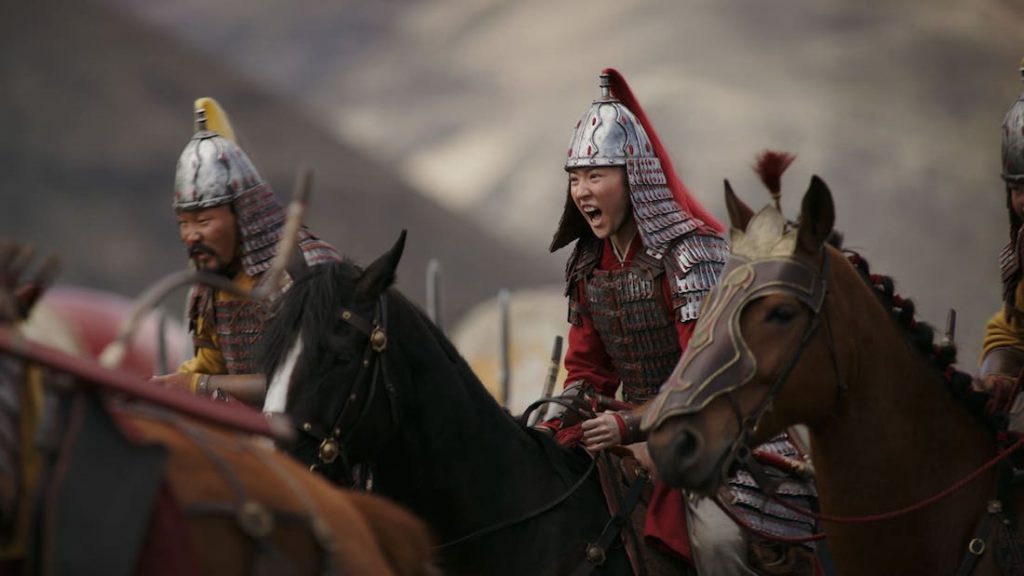
Secondly, Chi, explained in Mulan as being a Force-like power, is startlingly inaccurate to anyone who’s ever watched a wuxia film. The choice here is made even more confusing as it’s not expounded on, making it unlikely children will be able to embrace this as easily as the “regular girl who learns to fight” pitch of the ’98 animation.
And thirdly, the oath of the warrior is shown as being ‘Loyal, Brave, True’. But, while catchy, ‘True’, as it was written in Mandarin, isn’t regularly used as a singular term, and at one point was translated as ‘not wrong’ in Mandarin in the subtitles. These examples are confusing, angering, and run counter to the goodwill generated from Chinese audiences about the casting of native actress Yifei Liu as the eponymous heroine.
Screenwriters Rick Jaffa and Amanda Silver (Jurassic World), together with Lauren Hynek and Elizabeth Martin, would have benefited from learning about Chinese culture before starting on a film centred around it!
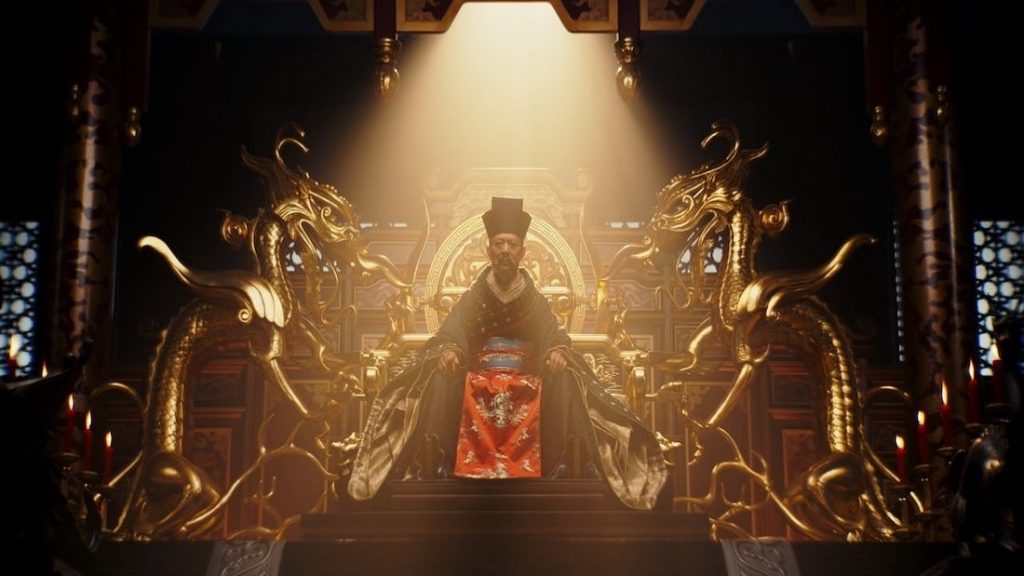
Moving on to the cinematography, the work by Mandy Walker (Red Riding Hood) pales in comparison to any wuxia film or Chinese war epic. The more intimate family scenes and the final fight sequence between Mulan and Bori Khan (Jason Scott Lee) certainly look good, but once we arrive at sprawling deserts and whatnot, it becomes impossible to identify the various characters properly.
Both the screenplay and cinematography aren’t helped by the poor editing. Any depth is quickly skipped over, asking audiences to assume what happened next. This makes it impossible for us to understand motivation and a sense of excitement and tension fails to build as a result. Fights duly fall flat, which is hard to accomplish if you’ve ever seen a wuxia film! This is surprising considering that director Niki Caro and editor David Coulson collaborated on the critically-acclaimed sports drama McFarland, USA (2015), which required similar action filmmaking skills. However, wuxia films are a specific type of fantasy mixed with athleticism and a light touch, which is why good ones are so hard to recreate. Finding a production team that knows this would have been a better bet for Disney.
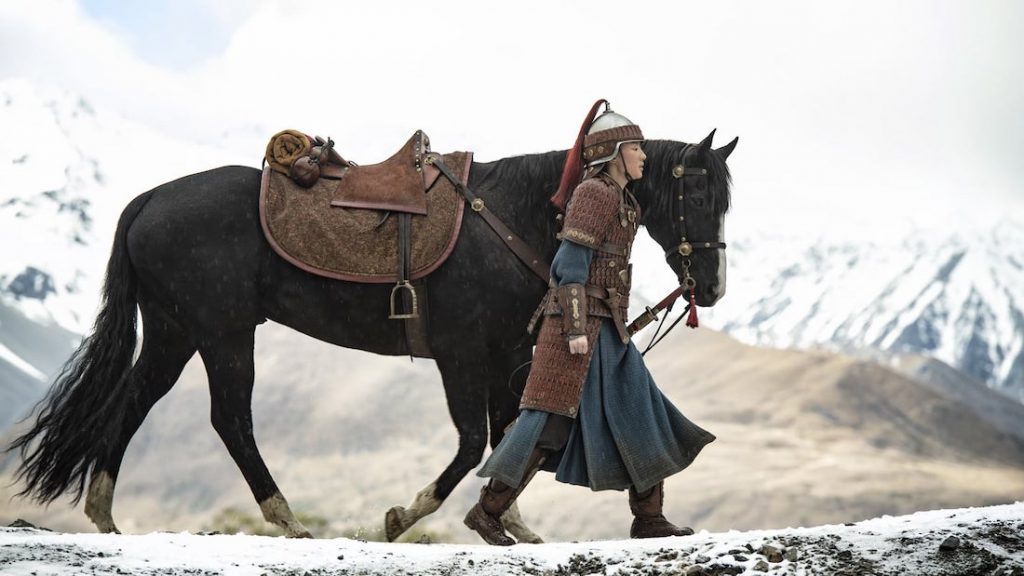
In the end, Mulan survives based on one thing: the actors perform their hearts out! It is indeed lovely to see so many established Asian American and Chinese actors in the film. By populating the cast with these people, even renowned actors such as Jet Li and Cheng Pei-Pei are given roles that don’t require wushu or fighting! Gong Li, as the villain, delivers a performance similar to her role in Curse of the Golden Flower (2006) and it’s spectacular to watch. I gave Mulan its single star because the film does serve as a wonderful showcase for Asian American actors who’ve been long overlooked by Hollywood (Jason Scott Lee, Tzi Ma, Ron Yuan, Rosalind Chao), while providing a platform for newcomers like Yoson An and Jun Yu.
The problem I have with Mulan is that, even if one lowers expectations, it would still fail. The film is so uninspired and boring that fans of the original should choose to never watch it again and instead experience the many better versions made by the Chinese film industry over the last few decades. After all, if you’re looking for a Mulan tale that incorporates fighting, drama, and a little comedy, why go to Disney? For parents, what are their children supposed to be excited for here? A new princess who has the mysterious ‘Chi’, wielding a sword she uses to kill people? This feels unsafe for the Disney brand to champion, and this newest Mulan doesn’t provide a stable merchandising opportunity without the songs and a sense of fun.
USA • CANADA • HONG KONG| 2020 | 115 MINUTES | 2.39:1 | COLOUR | ENGLISH

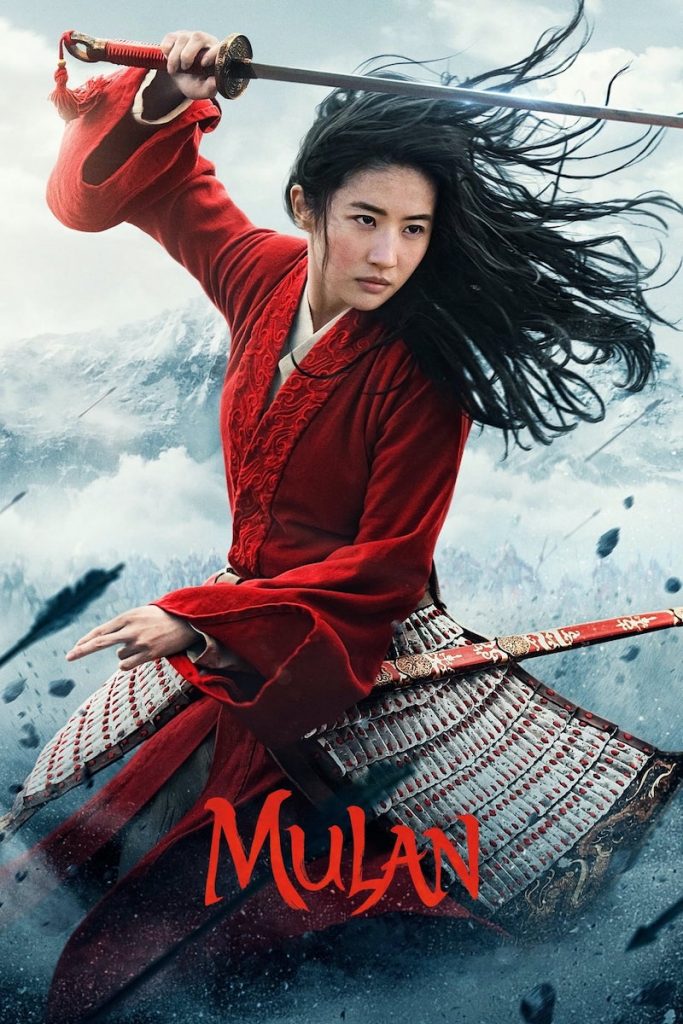
director: Niki Caro.
writers: Rick Jaffa, Amanda Silver, Lauren Hynek & Elizabeth Martin (based on ‘Disney’s Mulan’ by Tony Bancroft & Barry Cook, itself based on ‘Ballad of Mulan’ by Gua Maoqian).
starring: Liu Yifei, Donnie Yen, Jason Scott Lee, Yoson An, Gong Li & Jet Li.
